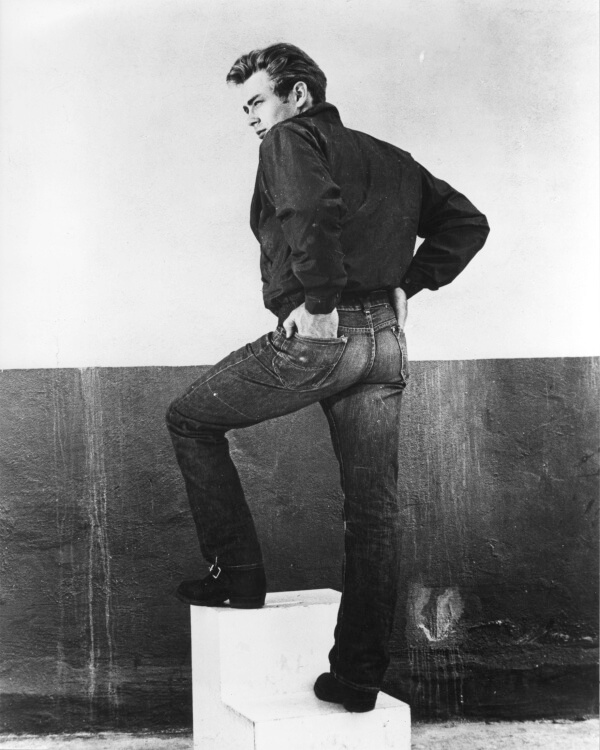 For style seekers, every since James Deans’ iconic look of jeans and a white T-Shirt, the rebel rocker image has served as the classic American staple symbolizing youth culture and convenience. Today, the average American owns 7 pairs of jeans. But what makes blue jeans blue? The once unique and tantalizing blue color–indigo–was originally derived from the plant source Indigofera, native to the tropics.
For style seekers, every since James Deans’ iconic look of jeans and a white T-Shirt, the rebel rocker image has served as the classic American staple symbolizing youth culture and convenience. Today, the average American owns 7 pairs of jeans. But what makes blue jeans blue? The once unique and tantalizing blue color–indigo–was originally derived from the plant source Indigofera, native to the tropics.
Nearly all dyes for jeans produced today—nearly thousands—come from synthetic dyes. Conventional blue jeans use a series of heavily toxic chemical washes (about 15 or more vats worth!) including the use of heavy metals such as cadmium, mercury and lead. We know synthetic dyes are harmful for our skin, so why out them on our bodies? The Chinese town of Xintang which sits on the Pearl River is known as the blue jean capital of the world. Xintang produces 260 million pairs of jeans annually–about 40% of all jeans sold in the U.S. in a year. Over years of manufacturing, the river has turned a blue and black color as a result of manufacturing waste discarded into the river.
Luckily, there are many denim companies out there using natural indigo to dye their jeans, and the look is, well, to die for.
Companies like Industry of All Nation jeans employs a natural dying process free of petrochemicals on all 100% organic cotton. So there are no contaminated waterways, soil, or employees. Dyes are derived from plants and beetle resin resulting in a the natural rich indigo hue. All dyed fabric is also handwoven using ancient techniques.
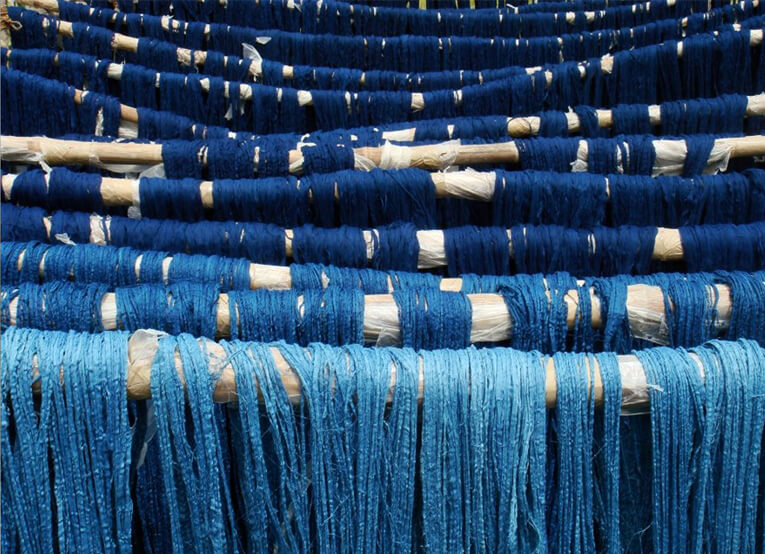

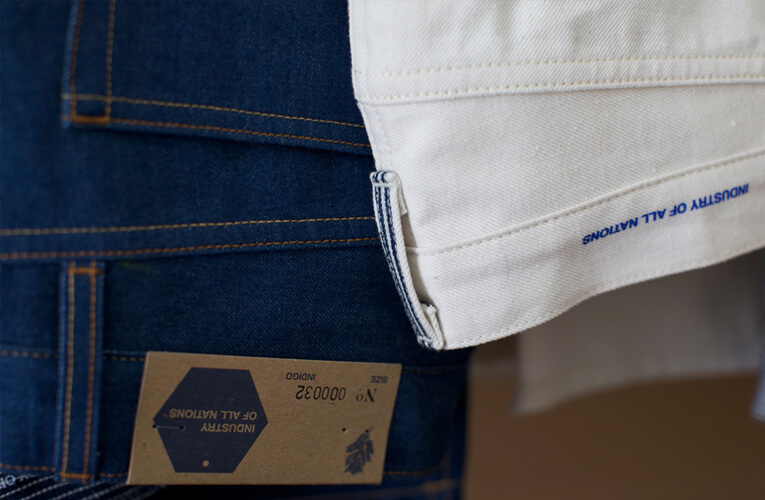
Industry of All Nations
Other techniques for dying jeans are being used such as one-vat dying, developed by Swiss company Clariant, which uses sulfur dyes and sugar-based reducing agent. The process reduces chemical use and energy inputs and has been coined as an “eco-advanced technique”.
Nudie Jeans, a company out of Sweden, uses an ancient dying technique which extracts indigo the woad plant. The pigment from the woad plant is extracted, resulting in a green liquid. The green liquid is reduced and forms a sludge which turns blue–the sludge is then dried to rock hard lumps (pictured below). Once dried, the dye mixes with soda and water. When lifted up from the dye bath the garment is yellow, and once it reacts with the oxygen it turns green and then blue.
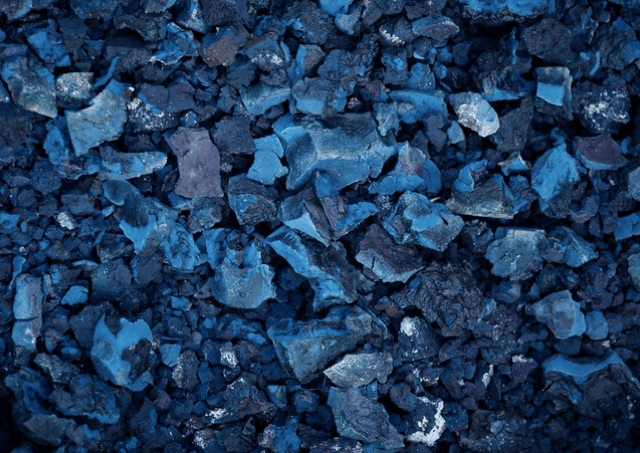
Nudie Jeans
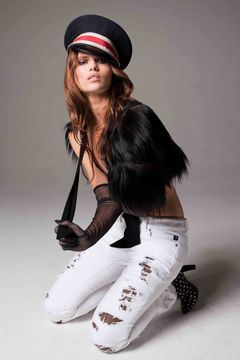
Serfontaine jeans, loved by Sienna Miller, uses fruit enzymes instead of chemical dyes to color their jeans. “We were the first to do anything with organic–in 2003 we launched an entire collection in organic washes,” said Serfontaine. “There’s a lot of those things that we’ve pioneered.”
Their jeans use a bodymetrix fit, which scans your body for the perfect style. “The whole thing for us is that we always want to empower women through our fit,” said Serfontaine. “That’s the biggest problem in the denim industry, the fit. Having better fitting jeans is our goal.” Ethical, comfortable, and perfectly fitting!
<<Serfontaine Jeans
The conflict between our staple jean-look and the industry practice can leave us blue, but it doesn’t have to be this way. As a conscious consumer we can choose to support those companies that are creating with care.
If you are the crafty type you can try this step by step instruction on how to dye using indigo.
